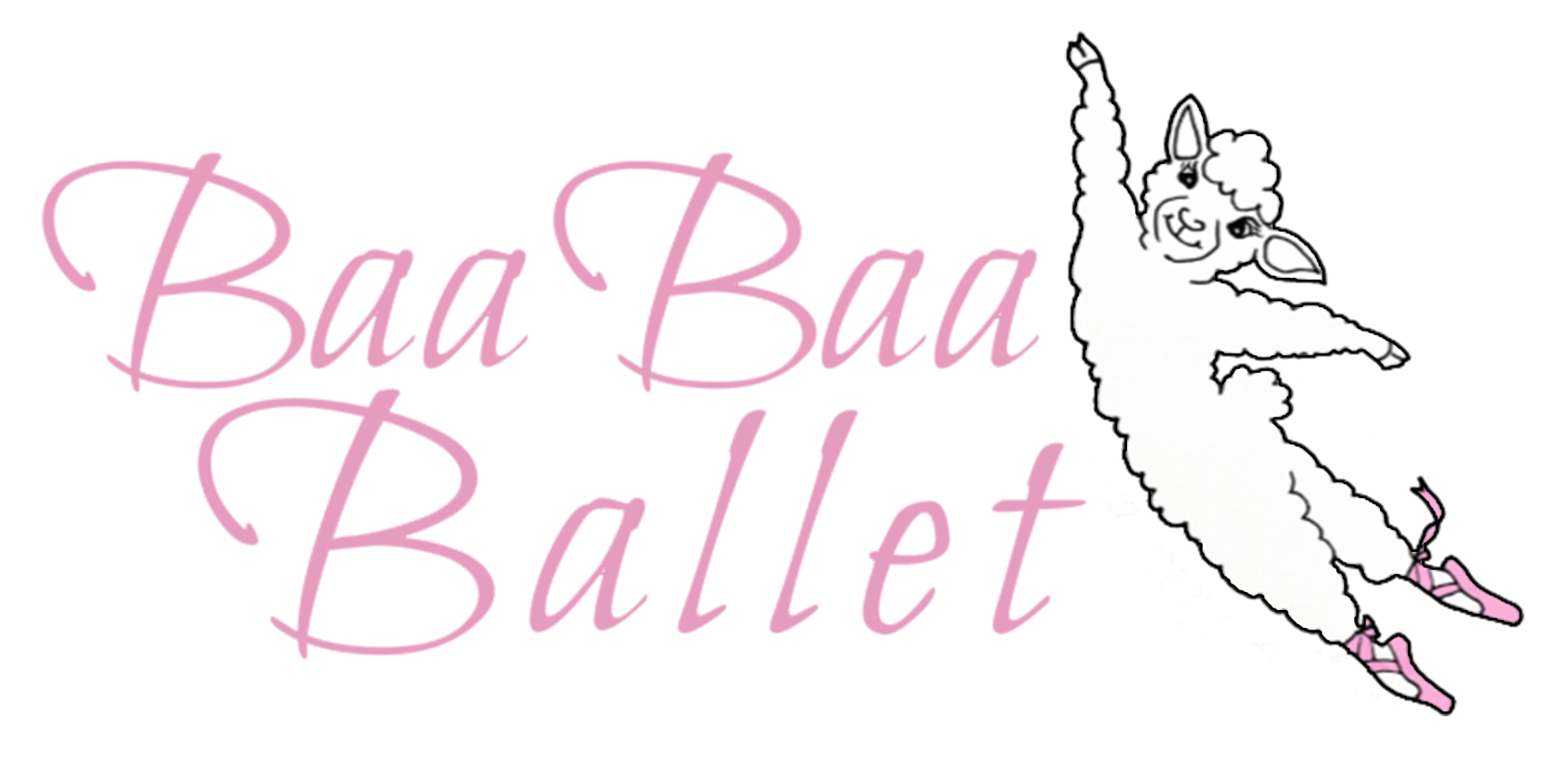
Pointes and Perspective #29 Your Brain On Ballet
Your Brain on Ballet
Five years ago, during the Covid pandemic, I was teaching an advanced Ballet class on Zoom. The dancers, holding on to their kitchen counter and bedframe “barres”, had just completed a rond de jambe combination. I paused the music, and approached my computer screen to ask Isabella, “What were you just thinking about during that combination?”
She paused, unsure of what answer I was looking for, to reply in a questioning voice, “My supporting leg alignment?” I paused, and unassumingly asked Julia the same question. I received a slightly more confident, but still hesitant, “Using my proper epaulment?” I went on to ask several more dancers the same question, each responding with a delayed, could-this-be-the-winning-answer response. I paused after each comment, purposefully considering the reply, but my face read that it was not what I was looking for. When I inquired with Carly, she took a deep breath and answered, “Honestly, I was thinking that I really must cook the green beans in my refrigerator before they go bad.”
This was the answer I was looking for!
In a 2012 study, it was found that the majority of dancers have overactive brains. Dr. Aharon Shulimson, a psychologist in Utah, studied the brainwaves of 26 dancers at Ballet West, using Quantitative Electroencephalography, or QEEG, a brain imaging technique. He compared the dancer’s data to the data of the “statistical norm” to discover what goes on in a ballet dancer’s head. Dr. Shulimson’s study revealed that two-thirds of the dancers he observed had highly overactive brain activity. These results are significant, because in a “normal” population you’d only find about 4% of people with that kind of brain activity. I mean, we did already know we are geniuses!
Dancers need to simultaneously think about choreography, technique, musicality, expression, energy, spatial awareness, potential partner interactions, and the overall artistic interpretation of a piece. ALL of this at the same time! PLUS we somehow manage to worry about our recent break up, notice the crying baby in the audience, or wonder if we should cook the green beans tonight!
After asking my students what they were thinking about during that rond de jambe combination, I enlightened them about the study at Ballet West. We spent the rest of the class, being consciously aware of our thoughts, and how they ran from, “Plié deep to get to that relevé”, to, “I like this song Miss Heather is playing”, or, “Ugh, my quads are on fire!”, to, “What a beautiful bird out my window!”
A week ago, during our University Dance Department auditions of choreography submissions for the spring concert, one student choreographer submitted a piece about the “noise” in our brains, and the neurological disorders humans may be living with, for example, Asbergers, ADHD, or Autism. I found it interestingly applicatory that dancers, who, more often than not, have overactive brains, are going to present a choreographed portrayal of humans struggling with overactive brains!
My University ballet students and I were discussing this same subject in class this week, noting that, while our overactive brains can handle a million things at once while dancing, this “balancing act” of thoughts is the same “noise” that can also DISTRACT us from our outside world - the breakups, crying babies, and even the heaviest things that life hands us! Dr. Shulimson confirms in his research, “Based on the EEGs, you’d expect anxiety disorders and some OCD type symptoms, which in a sense are helpful for dancers. You’ve got to be obsessed and on target 100% in ballet.”
As dancers, every day we leave our troubles outside the studio door. We get completely immersed and beautifully distracted by the “million and one” things our brain has to juggle, to execute one brilliant moment of Ballet!
This is your Brain. This is your Brain on Ballet!

